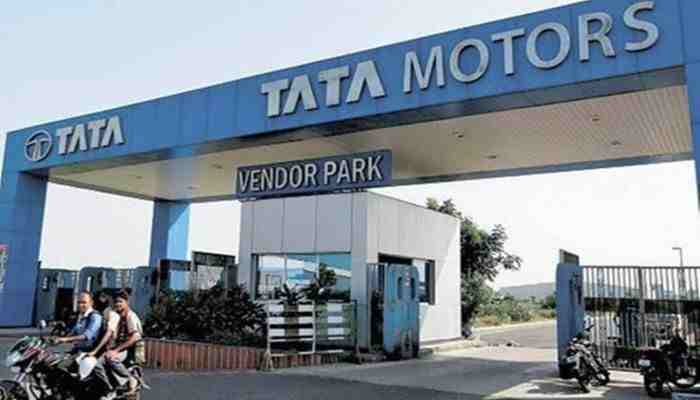
Tata Motors Eyes 25% Share in Premium Hatchback Segment with New Altroz

 :
| Updated On: 22-May-2025 @ 5:01 pm
:
| Updated On: 22-May-2025 @ 5:01 pmSHARE
Tata Motors Aims to Boost Premium Hatchback Share with New Altroz
Tata Motors is aiming to double its market share in the premium hatchback segment to 25% in FY26 with the launch of the second-generation Altroz. The upgraded model, priced between ₹6.89 lakh and ₹11.29 lakh (ex-showroom, Delhi), is expected to revive the brand’s competitiveness in a segment dominated by the likes of Maruti Suzuki’s Baleno.
The premium hatchback segment sees monthly sales of around 25,000–30,000 units, constituting roughly 6–7% of total passenger vehicle sales. When it launched in 2020, the Altroz managed to capture a peak market share of about 27% in the segment, with annual sales touching nearly 70,000 units in 2023. However, with no major updates over the last five years, its momentum had waned, prompting Tata Motors to revamp the product with modern features and refreshed design.
In FY25, hatchbacks contributed approximately 18.86% of Tata Motors’ overall passenger vehicle sales. The company holds a 10.2% share in the broader hatchback segment and 11.5% in the premium hatchback sub-segment.
Speaking to Business Standard, Vivek Srivatsa, Chief Commercial Officer of Tata Passenger Electric Mobility, explained that Tata’s internal target for any product is to be among the top two or three in its category. He noted that a successful product generally commands a 25–30% market share in its respective segment. The Altroz had achieved that target post-launch, and the company now seeks to regain that share by selling 6,000–7,000 units monthly.
Srivatsa emphasized that the new Altroz offers significant improvements in design, technology, and safety, positioning it competitively among four key players in the segment. He expressed confidence that the premium hatchback category, which forms 31% of the total hatchback market, will stabilize despite recent declines.
Tata Motors has also taken a strategic decision to avoid the price-sensitive entry-level hatchback segment and focus instead on the premium end, which offers better profit margins and a more loyal customer base. Srivatsa highlighted that this approach has already shown success with the Tiago, which received a major update in January and recorded a 20% growth even as the broader hatchback category stagnated.
The Tiago continues to be Tata’s most successful entry-level hatchback, attracting nearly 70% of first-time buyers and playing a crucial role in onboarding new customers. Similarly, tier-2 markets are driving growth for Altroz, accounting for around 44% of its sales. The percentage of first-time buyers for the Altroz has also increased, from 42% in 2020 to 69% in 2025.
Looking ahead, Tata Motors is planning to launch an electric version of the Altroz. However, Srivatsa noted that it will only be introduced once the company can ensure competitive range, performance, and pricing in comparison with internal combustion engine (ICE) variants.
On the global front, Tata Motors is actively exploring international expansion for its passenger vehicle business. The company currently exports cars to Nepal, Bhutan, Sri Lanka, and Mauritius. Recent launches include ICE vehicles like the Tata Punch, Nexon, and Curvv in Sri Lanka, as well as electric vehicles like the Tiago.ev, Punch.ev, and Nexon.ev in Mauritius—part of Tata’s broader global strategy.